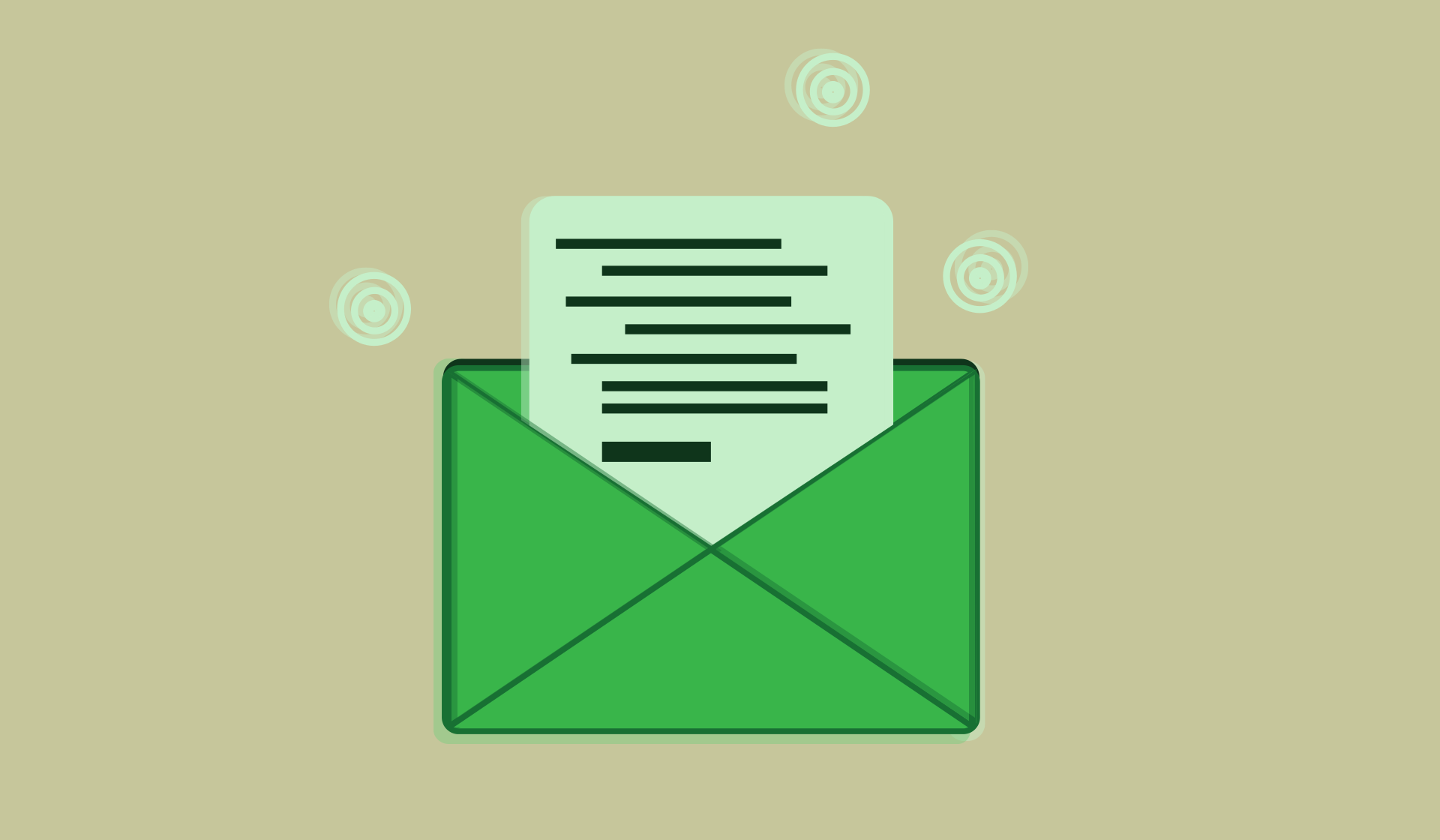The Power of Personalization: Boosting Email Engagement with Customization

In today’s digital age, consumers are bombarded with countless emails every day. To stand out in their crowded inboxes, email marketers must leverage personalization to increase engagement and drive conversions. By tailoring your email campaigns to your subscribers’ unique preferences and behaviors, you can improve open rates, click-through rates, and ultimately, ROI.
In this article, we’ll explore how to use personalization to its full potential and take your email marketing to the next level.
Why Personalization Matters in Email Marketing?
Personalization is a critical component of successful email marketing campaigns. It involves tailoring email content to the individual recipient, based on their interests, behaviors, and preferences. Personalized emails have been shown to have higher open and click-through rates than generic, one-size-fits-all messages. This is because they are more relevant and engaging, and show that the sender values the recipient as an individual.
Collecting and Analyzing Subscriber Data
The first step in personalizing your email campaigns is to collect and analyze subscriber data. This includes demographic information such as age, gender, and location, as well as behavioral data such as website activity and past purchase history. This information can be gathered through sign-up forms, surveys, and tracking pixels.
Once you have collected this data, you can use it to segment your email list and tailor your messages to each group. For example, you might send different content to subscribers who have purchased from you in the past than to those who have not yet made a purchase.
Segmenting Your Email List
Segmentation is the process of dividing your email list into smaller groups based on specific criteria. This allows you to send more targeted, personalized messages to each segment. Some common criteria for segmentation include:
- Demographics: Age, gender, location, occupation, etc.
- Behavioral data: Website activity, past purchase history, email engagement, etc.
- Interests: Products or services they have shown an interest in, content they have engaged with, etc.
Customizing Email Content and Design
Once you have segmented your email list, you can start customizing your email content and design to better resonate with each segment. This might involve using different subject lines, images, or calls-to-action based on the recipient’s interests or past behaviors.
Personalization can also extend to the body of the email itself. For example, you might include personalized product recommendations, or use the recipient’s name throughout the email.
Using Dynamic Content to Personalize at Scale
Dynamic content allows you to create email templates that automatically adjust to the recipient’s interests or behaviors. This can save time and effort in creating personalized content for each individual subscriber. Dynamic content might include personalized images, calls to action, or even entire sections of the email.
Implementing Triggered Emails
Triggered emails are automated messages that are sent based on a specific action taken by the recipient. For example, you might send a welcome email to new subscribers, or a reminder email to those who have abandoned their shopping cart. These types of emails are highly personalized and relevant, as they are triggered by the recipient’s specific behavior.
Testing and Optimizing Personalized Campaigns
It’s important to continually test and optimize your personalized email campaigns to ensure that they are effective. This might involve A/B testing different subject lines or calls-to-action, or analyzing engagement rates for each segment of your email list. By monitoring and tweaking your campaigns over time, you can improve their effectiveness and increase engagement.
Avoiding Common Personalization Mistakes
While personalization can be highly effective, it’s important to avoid common mistakes that can negatively impact your campaigns. These include:
- Overpersonalization: Personalization can quickly become creepy if it goes too far. Avoid using personal information that the recipient may find uncomfortable or invasive.
- Lack of relevancy: Personalization only works if the content is actually relevant to the recipient. Make sure you are using subscriber data to inform your content and design choices.
- Data privacy concerns: Be transparent about how you are collecting and using subscriber data, and make sure you are following data privacy regulations such as GDPR and CCPA.
Ensuring Data Privacy and Security
As you collect and store data to personalize your email campaigns, it is essential to prioritize data privacy and security. Ensure that your data collection methods comply with relevant laws and regulations, such as the General Data Protection Regulation (GDPR) and the California Consumer Privacy Act (CCPA). Implement robust security measures to protect your subscribers’ data from potential breaches and unauthorized access.
Measuring the Impact of Personalization
To determine the success of your personalized email campaigns, you must measure their impact. Track key metrics, such as open rates, click-through rates, conversion rates, and revenue generated. Compare the performance of your personalized campaigns to your non-personalized campaigns to gauge the effectiveness of personalization. Use this data to optimize your campaigns continually and improve your results over time.
Conclusion
Personalization has become an essential component of successful email marketing. By delivering relevant, customized content to your subscribers, you can build stronger relationships, improve brand loyalty, and drive business growth. By following the tips and best practices outlined in this article, you can start leveraging the power of personalization and taking your email campaigns to new heights.





